Greenland -
2015
Greenland is the world's largest island.. It is an autonomous territory within the Kingdom of Denmark.
In July-August 2015 we had a fantastic 57-day European trip.
(Melbourne - Dubai - Paris - Norway - Spitsbergen - Arctic cruises - Iceland -
River Seine cruise - Dubai - Melbourne).
We had 2 Arctic cruises on the 120-passenger Sea Adventurer.
On the second cruise we visited the east coast of Greenland.
Greenland - Scoresby Sund
We spent 2 days crossing the Arctic Ocean from the Svalbard archipelago, north of Norway, to East Greenland.
While we were crossing the ocean we had lectures on history, whales, seals, walrusses and geology.
Scoresby Sund (Scoresby Sound) is named after William Scoresby by his son, also William Scoresby,
who were both British Whalers who plied the waters in this region between 1817 and1812.
It is the longest fjord system in the world and consists of a network of fjords for hundreds of kilometres.
The mouth of Scoresby sund is more than 50 km from north to south.
The most distant point, at the head of Nordvestfjord is more than 313km from the sea.
There were large patches of pack-ice that the captain had to spend 3 hours slowly nudging his way through.
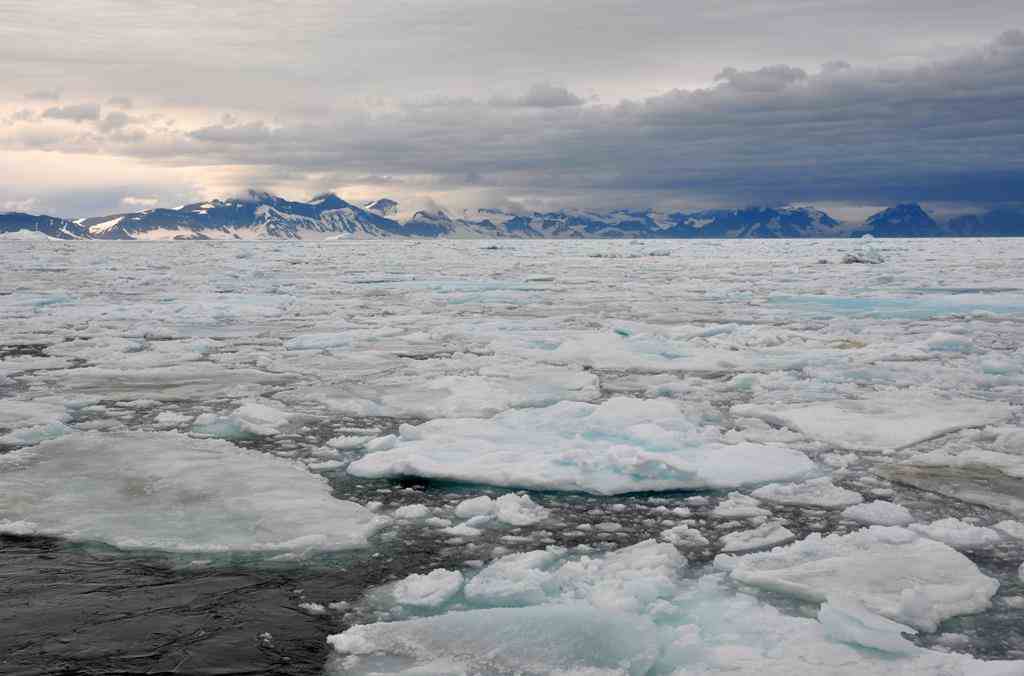
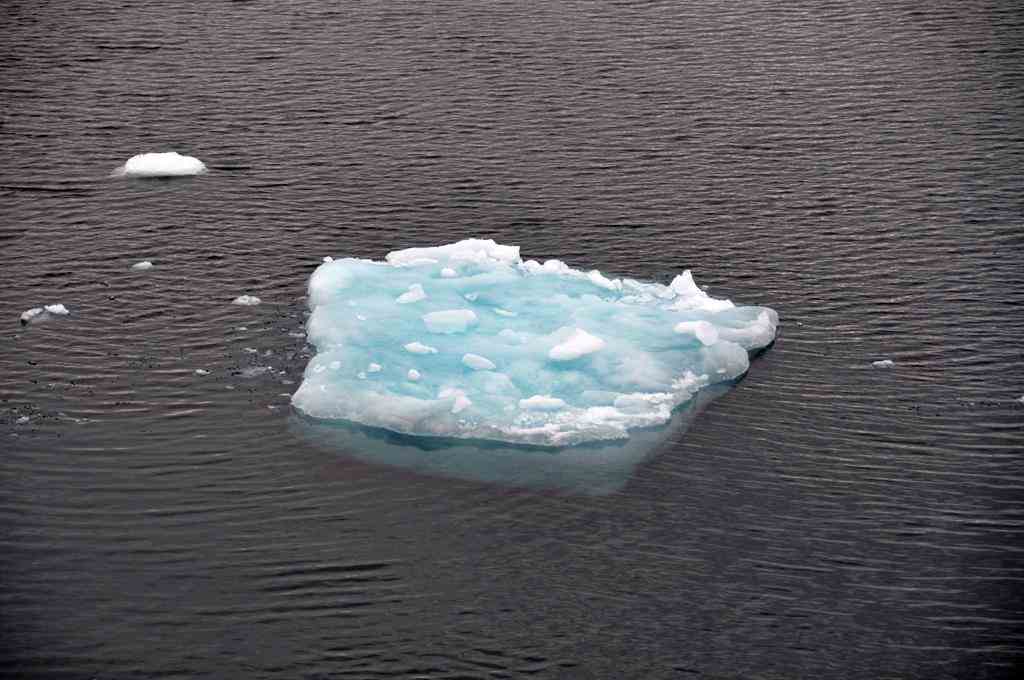
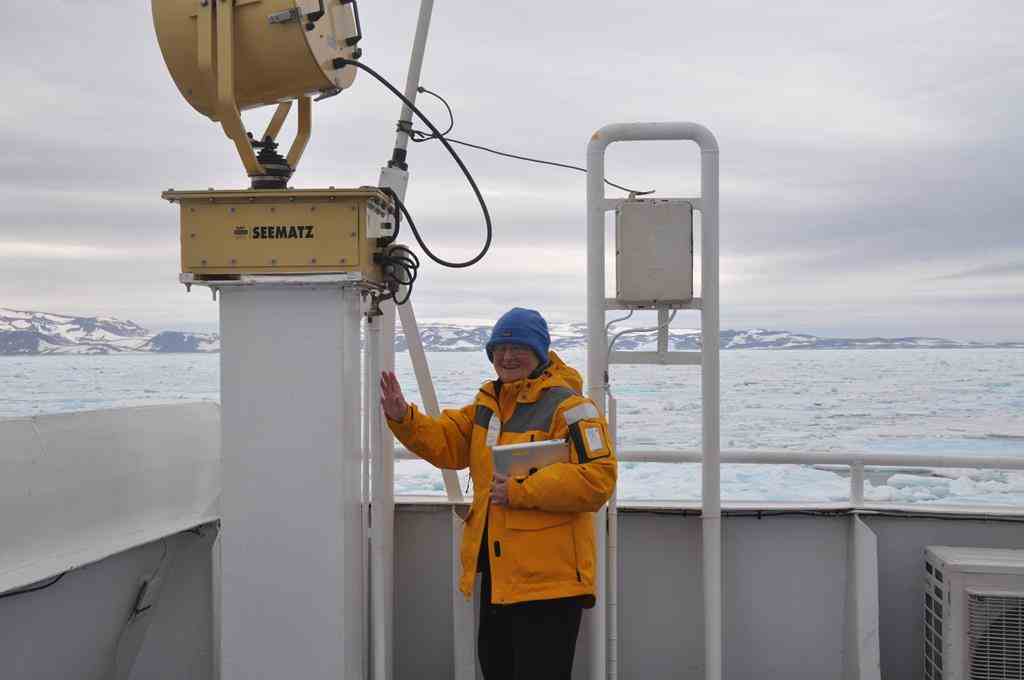
A walk on East Greenland
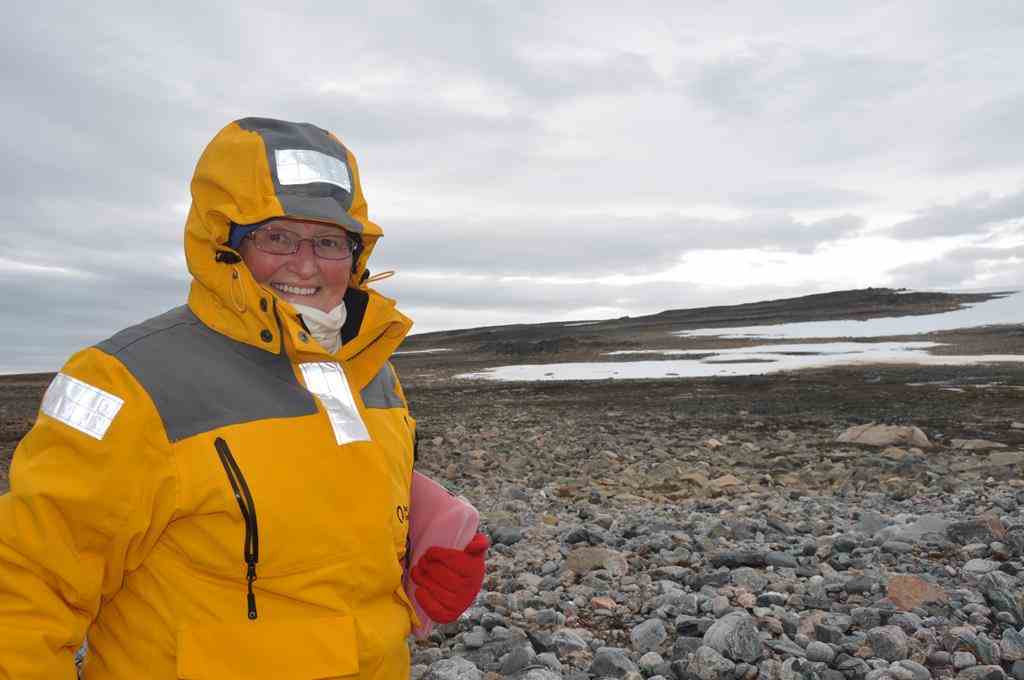
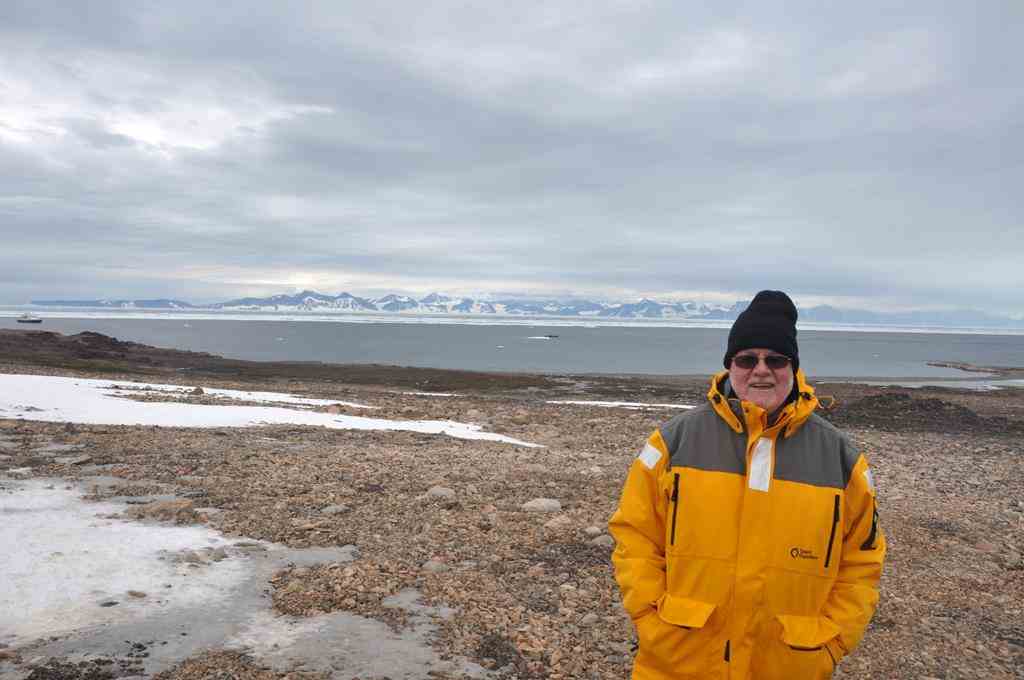
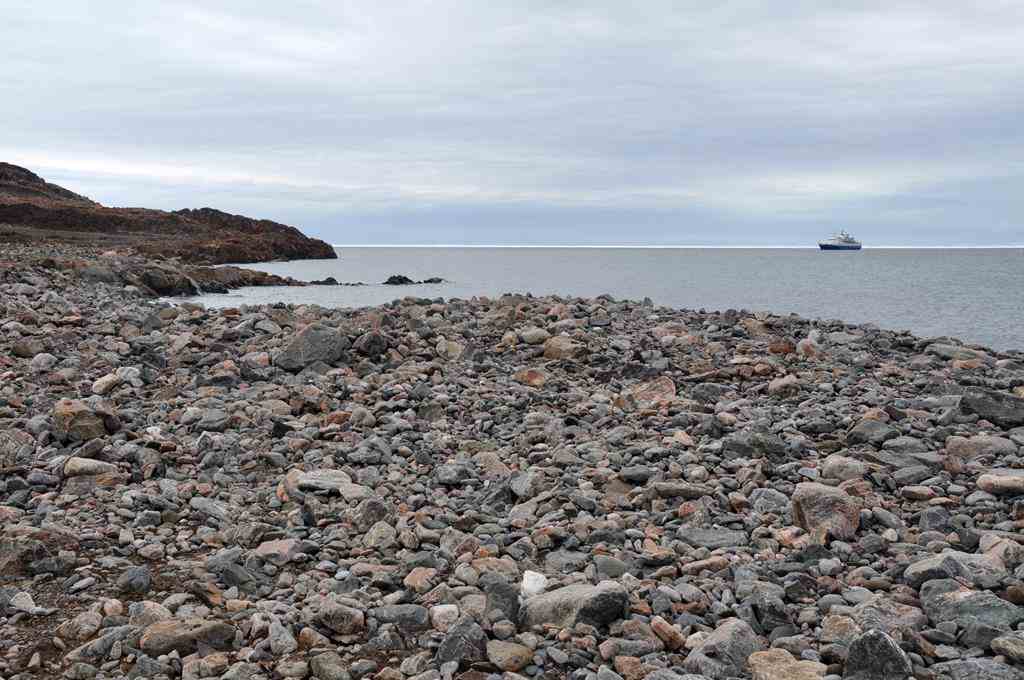
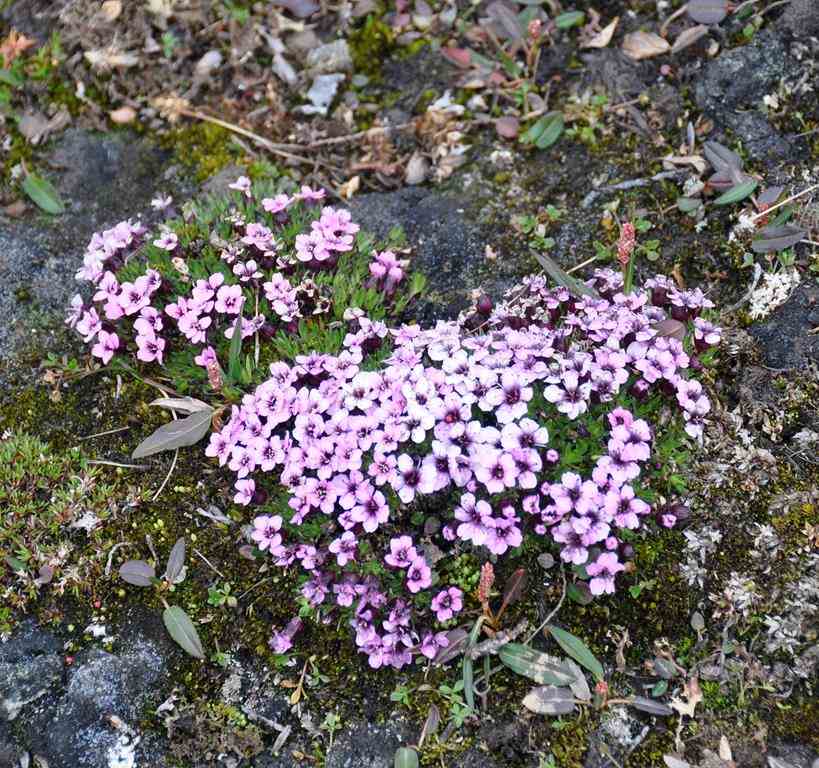
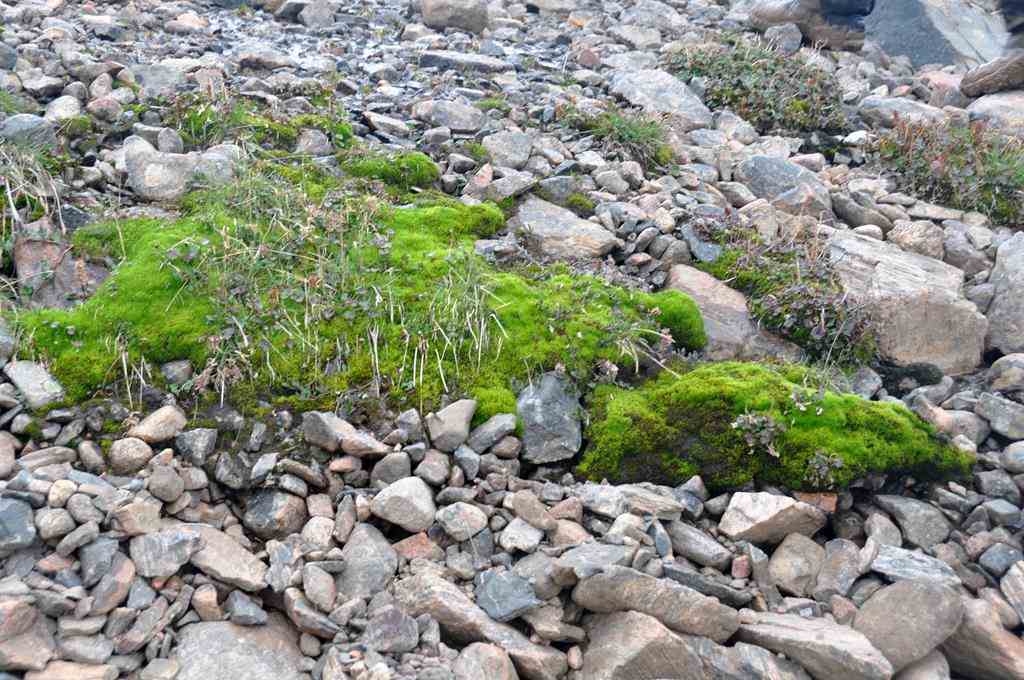
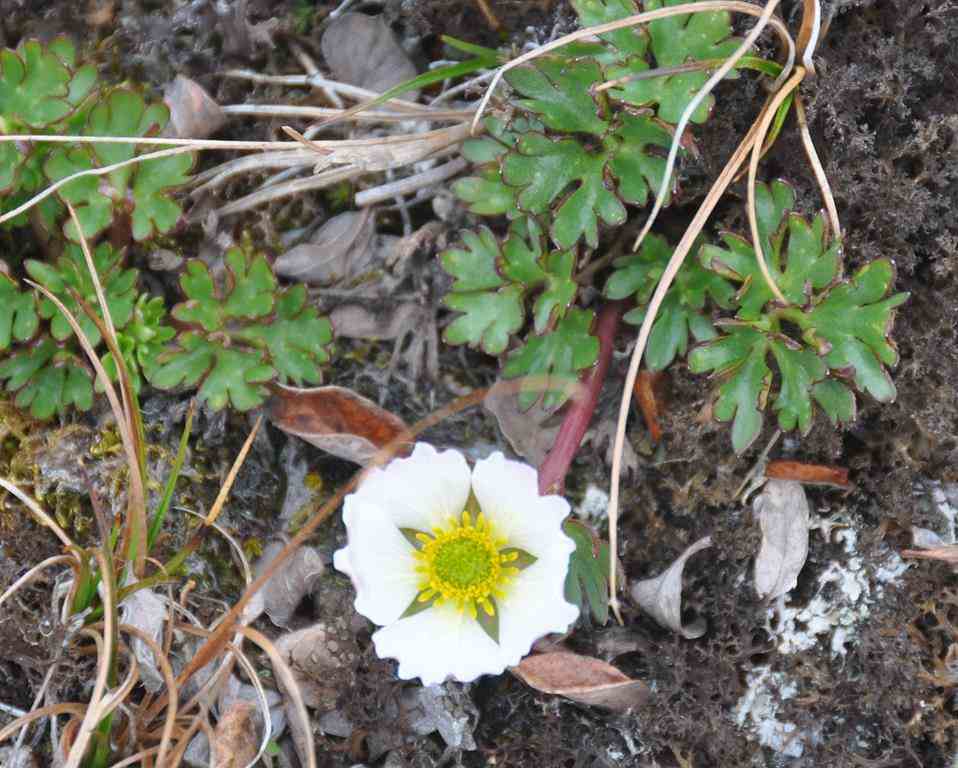
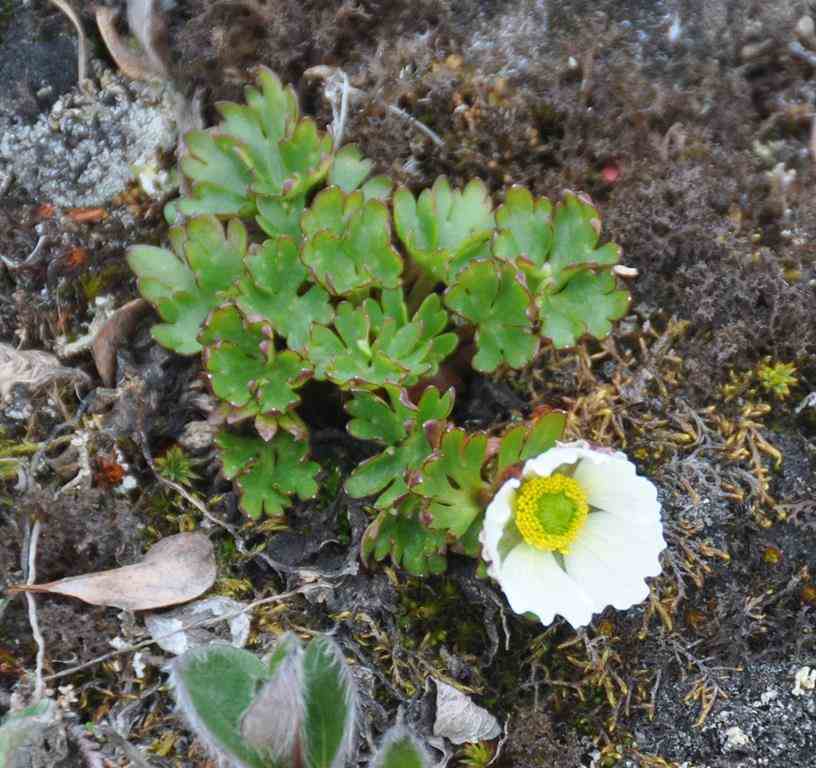
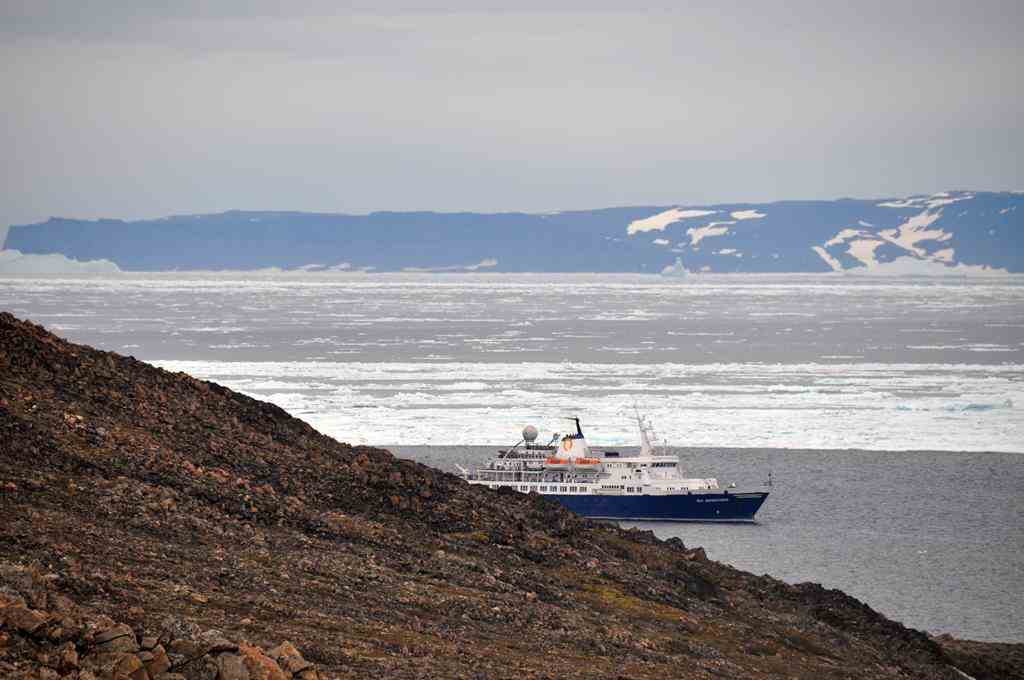
Arctic Hare
Arctic hares feed primarily on plants but do also eat mosses and lichens.
Female hares can have up to eight baby hares called leverets.
There is little information on the lifespan of Arctic hares.
Some anecdotal evidence suggests they live three to five years in the wild.
Arctic hares do not survive well in captivity, living only a year and a half at most.
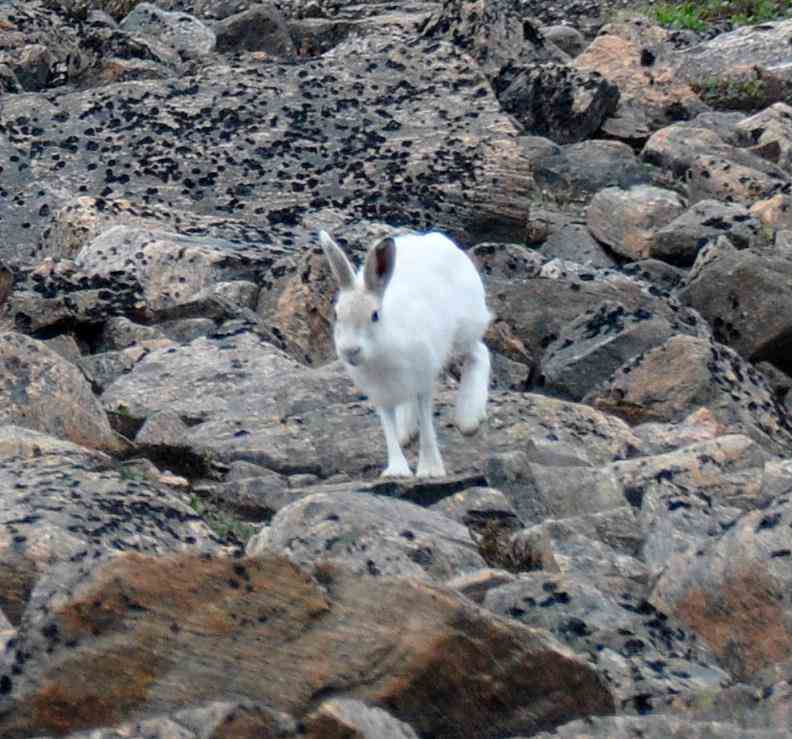
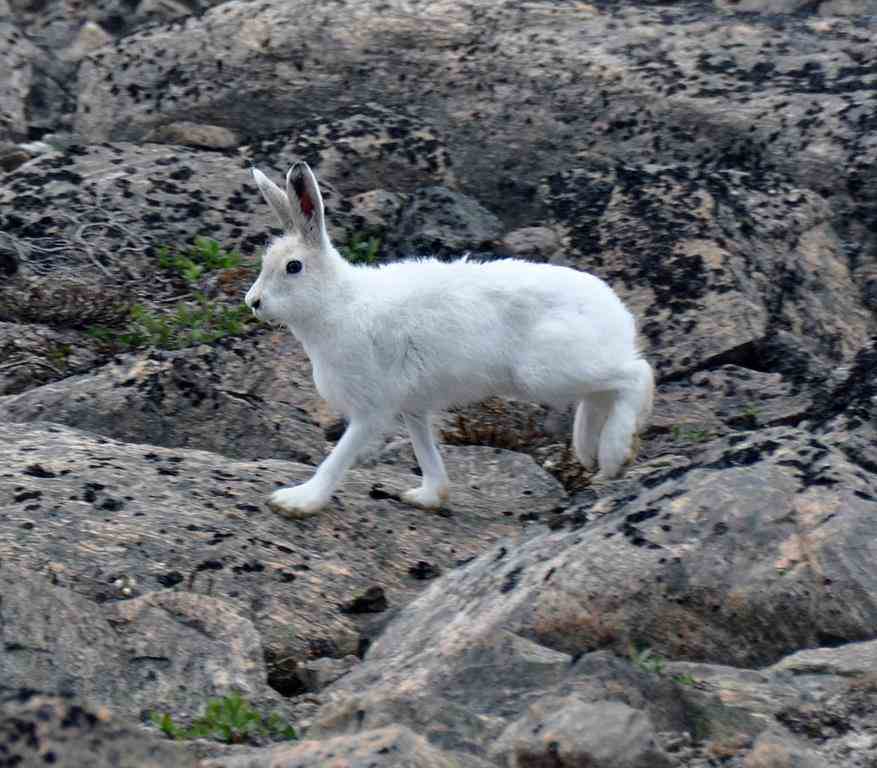
Another walk on East Greenland
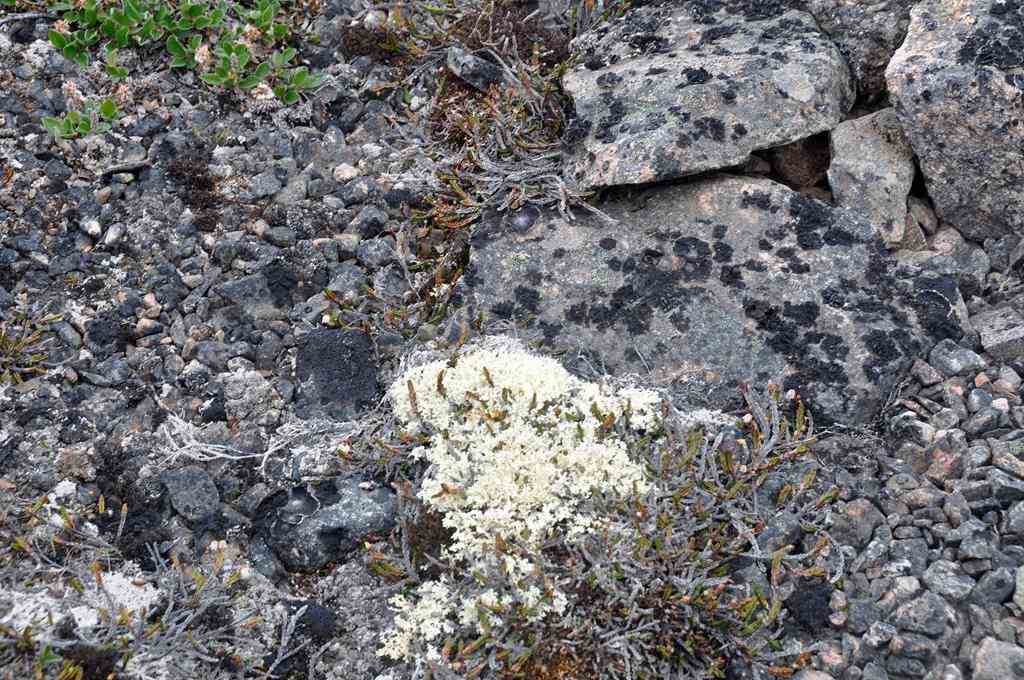
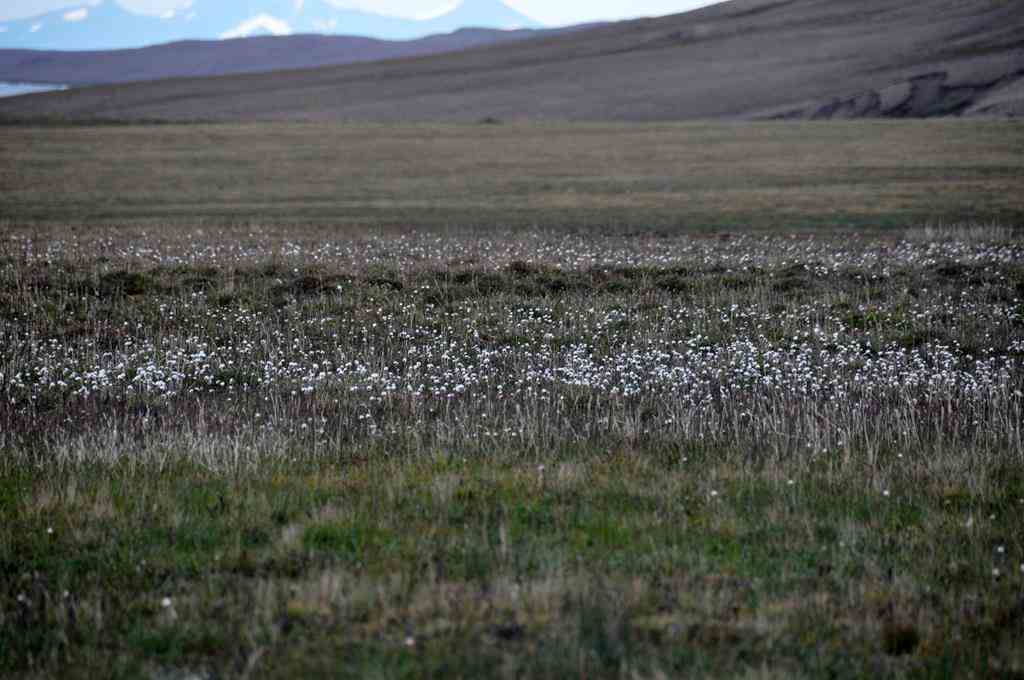
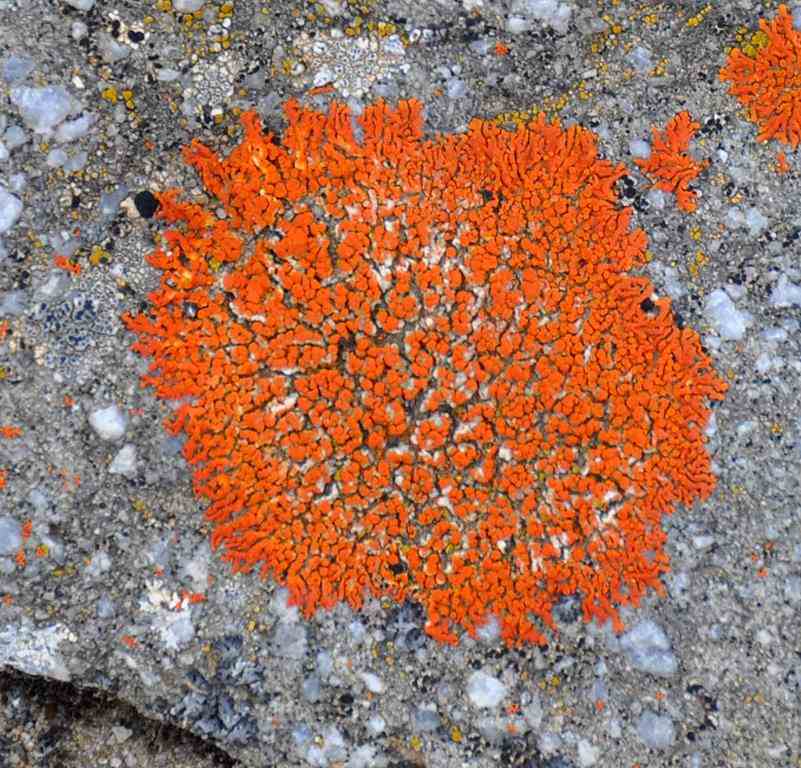
Musk Ox
The musk ox is noted for its thick coat and for the strong odor emitted during the seasonal rut by males, from which its name derives.
This musky odor is used to attract females during mating season.
Muskoxen primarily live in the Canadian Arctic and Greenland.
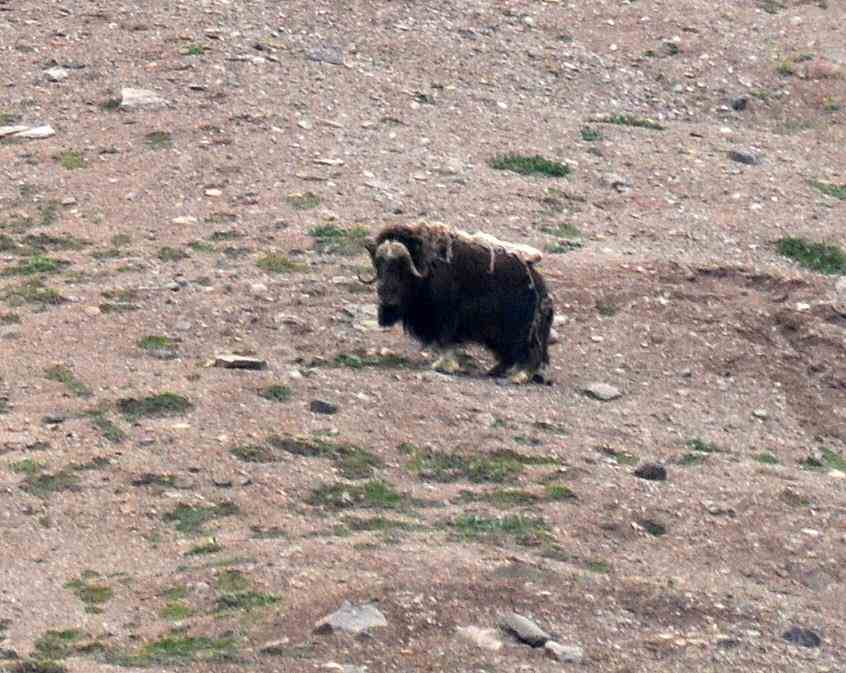
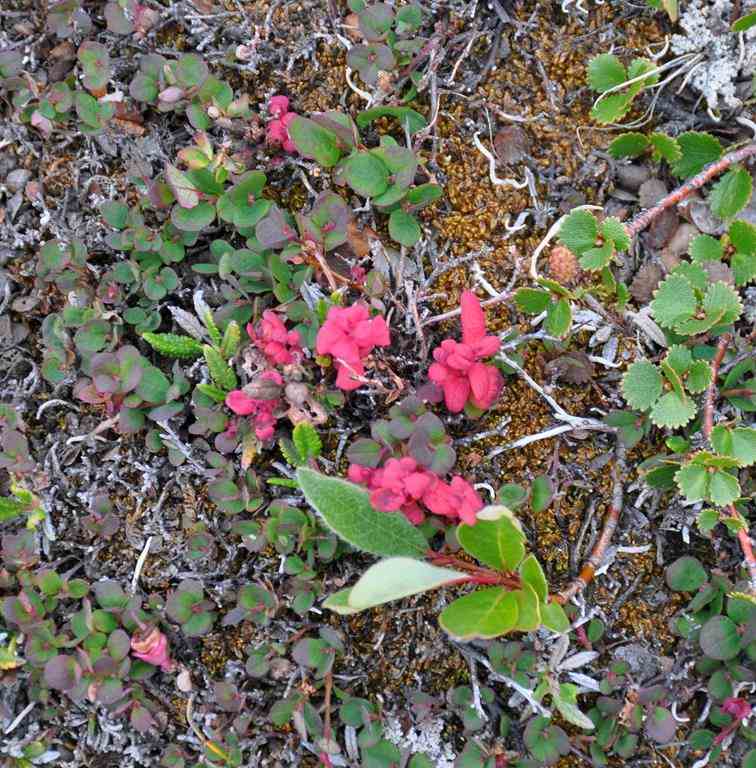
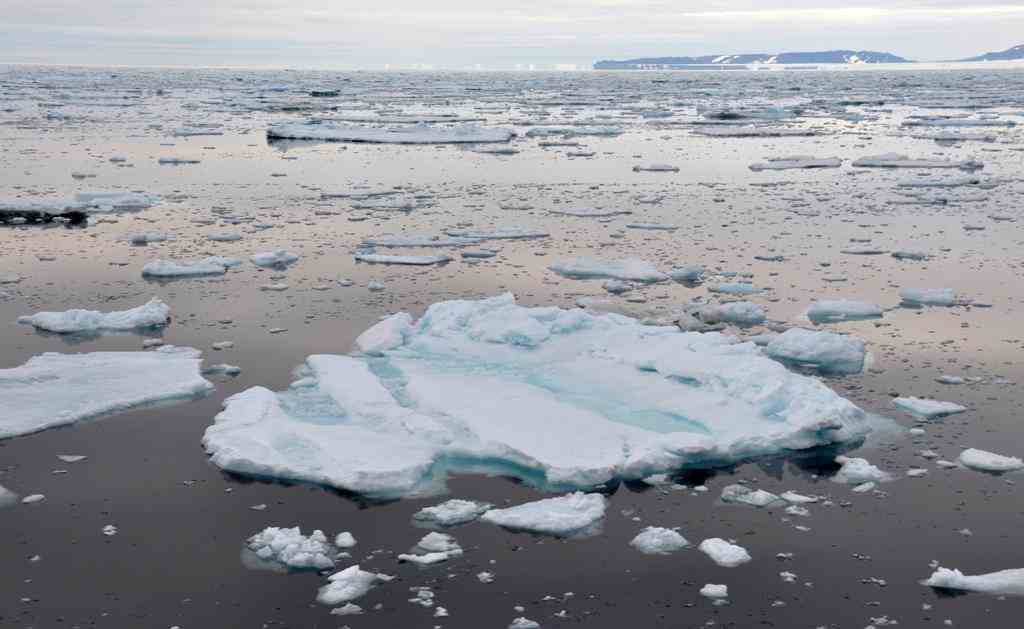
Ice Mirages
Ice mirages are a result of temperature differences in the bottom few metres just above the ice or sea surface.
Air of different temperatures refracts light in different ways, the same phenomena is responsible for "heat haze" as seen above a road on a very hot day.
It is the difference in temperature that is important and in this case it is causing a reflection downwards just above the level of the horizon
so that objects on the horizon appear to be floating above the sea or ice rather than resting on it.
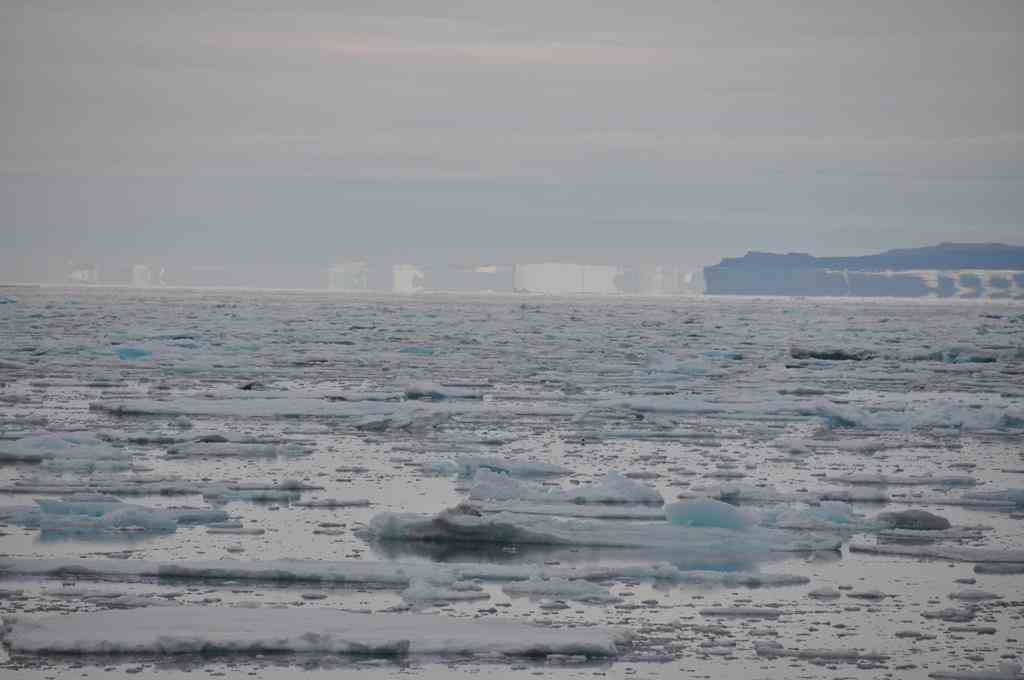
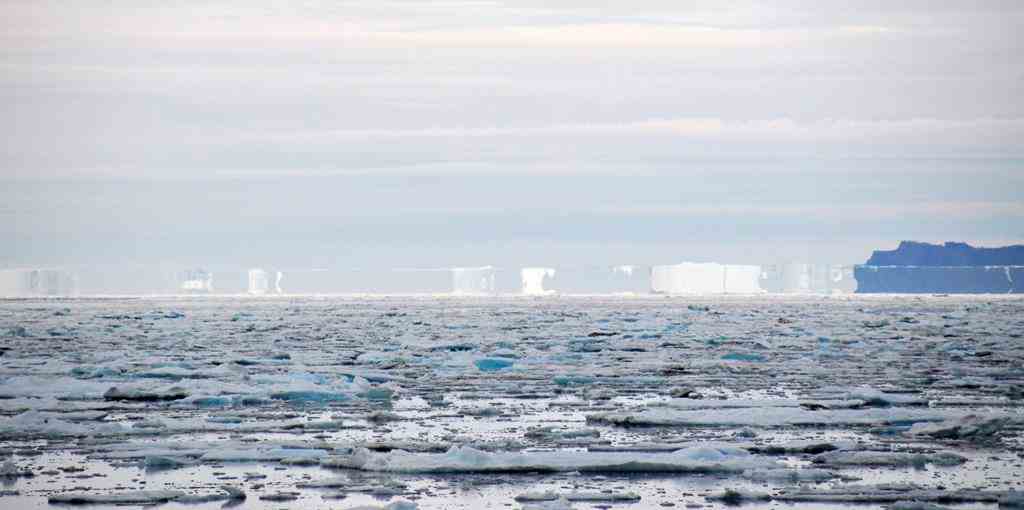
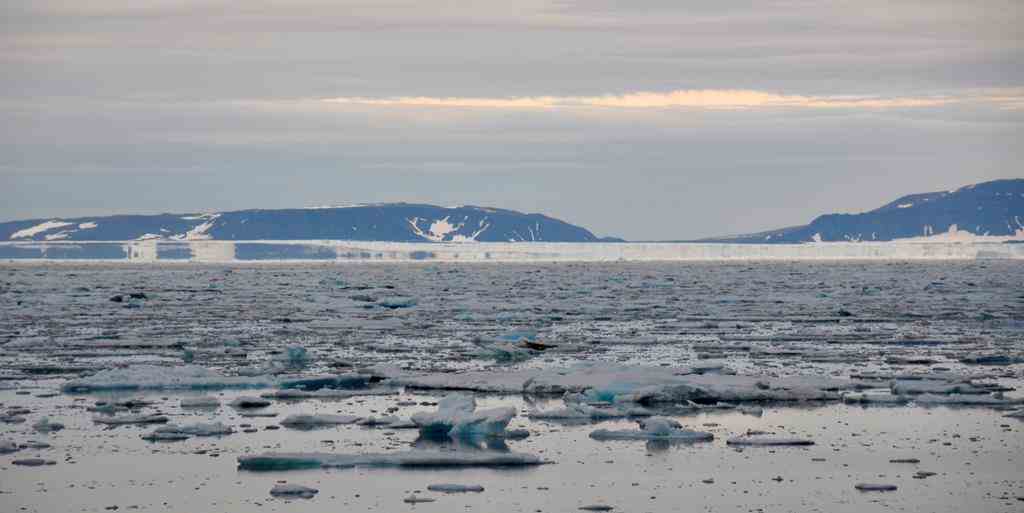
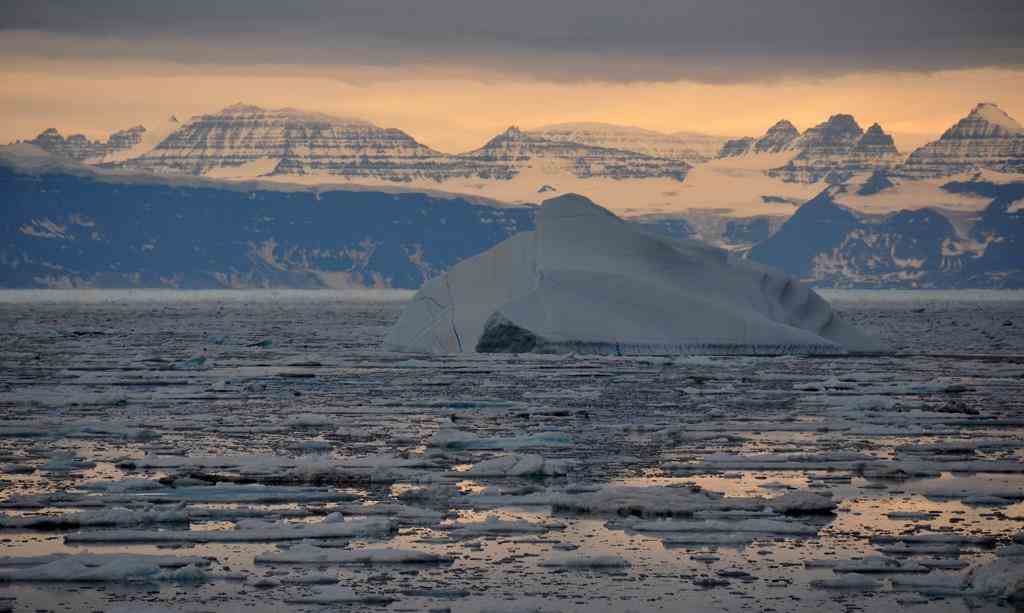
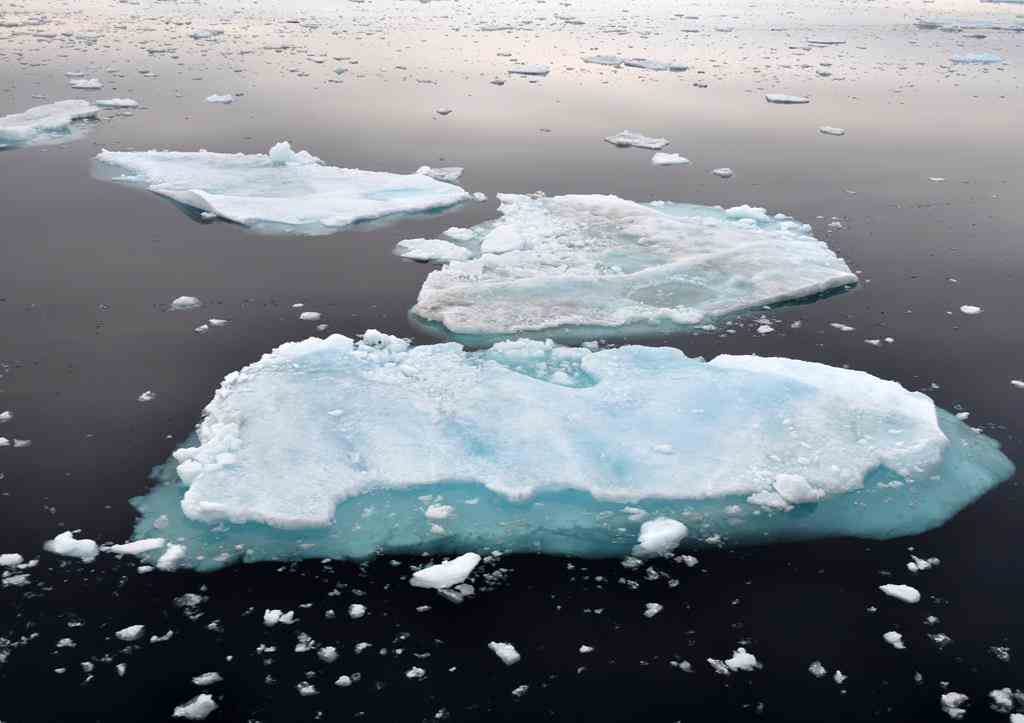
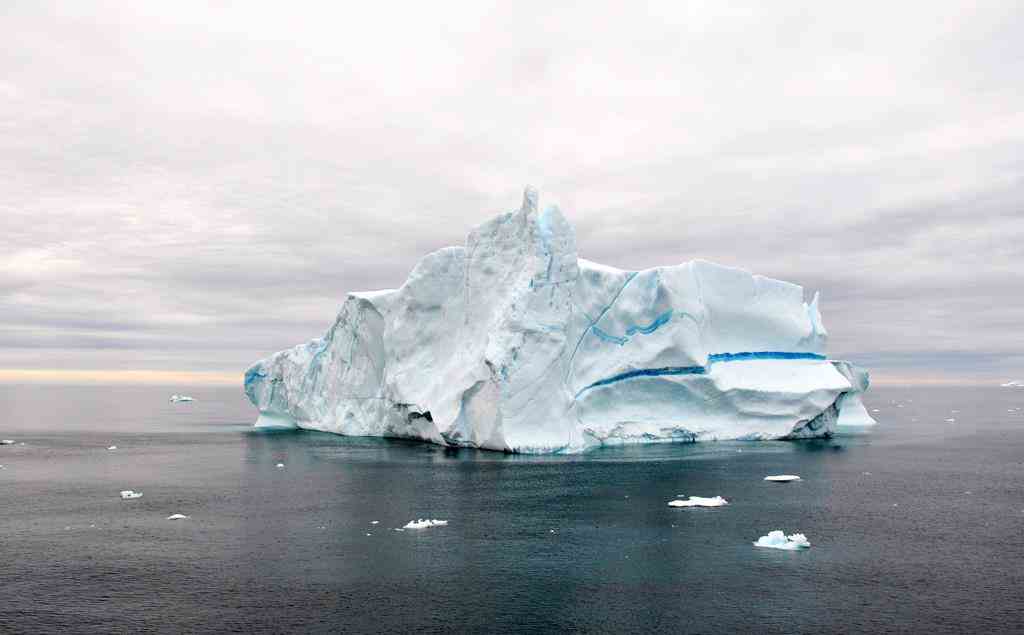
The blue stripe is the result of melt water re-freezing when the ice was part of the glacier.
It absorbs colour differently.


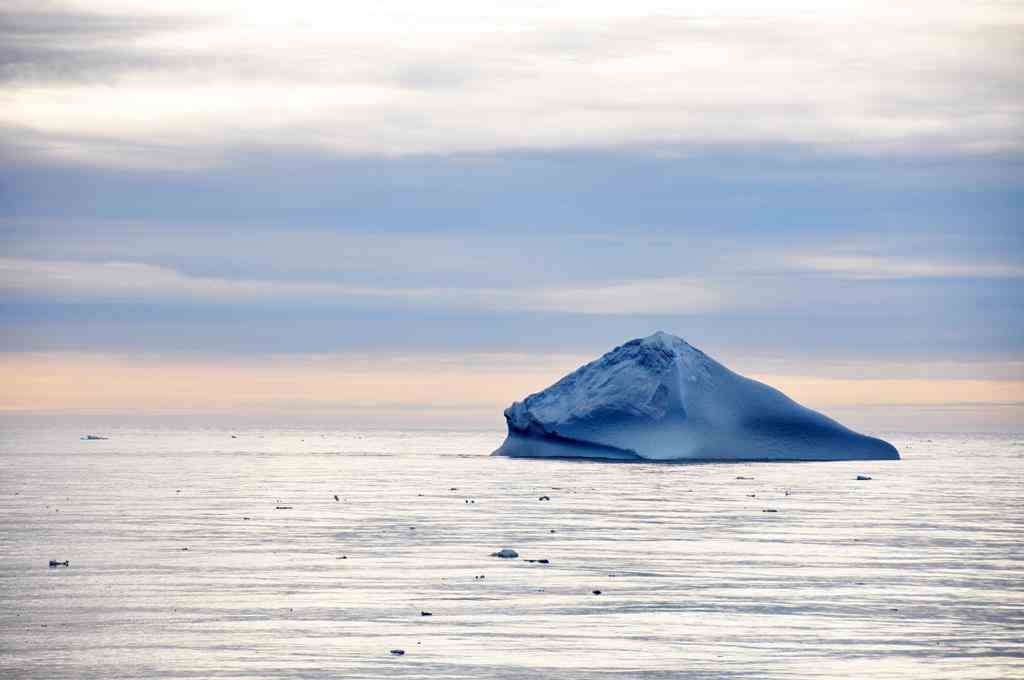
We had a fantastic cruise on the zodiac this morning.
There were icebergs bigger than the ship.
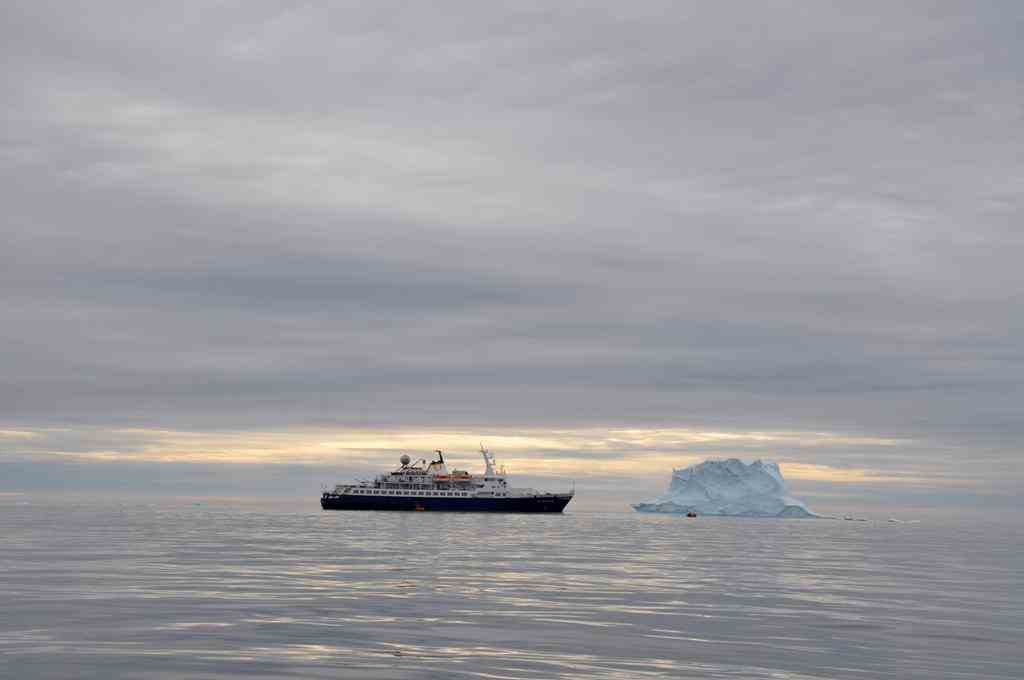
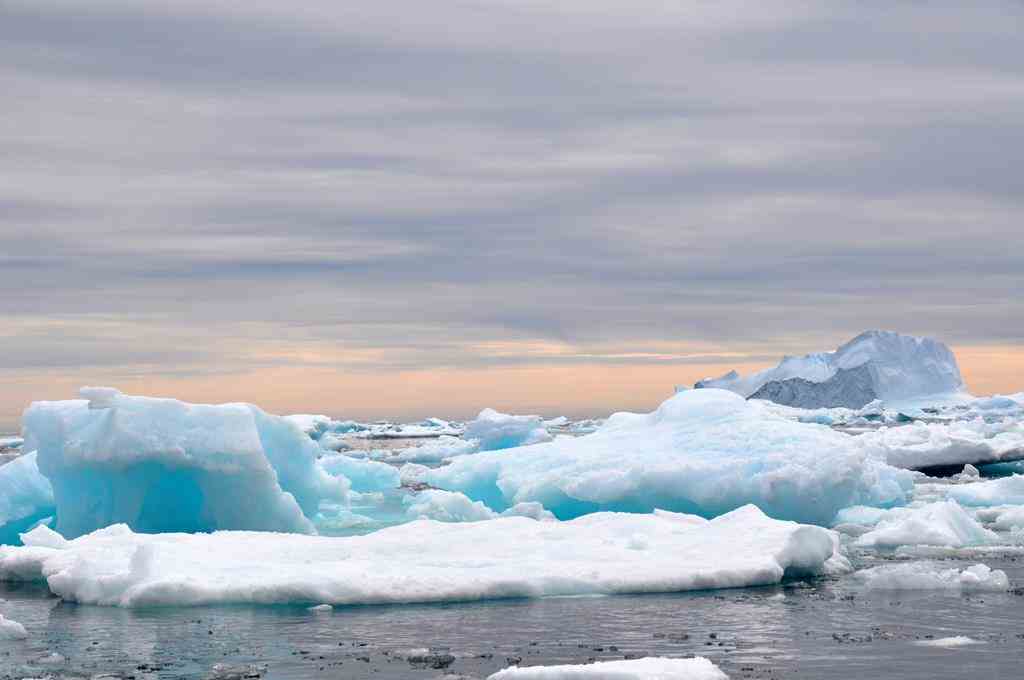
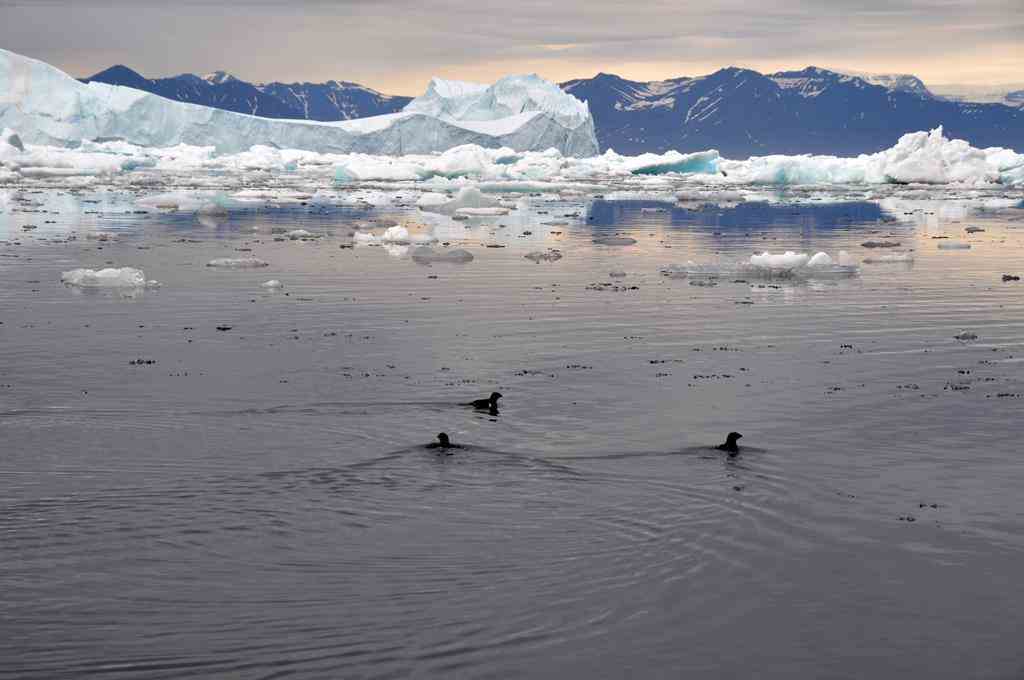
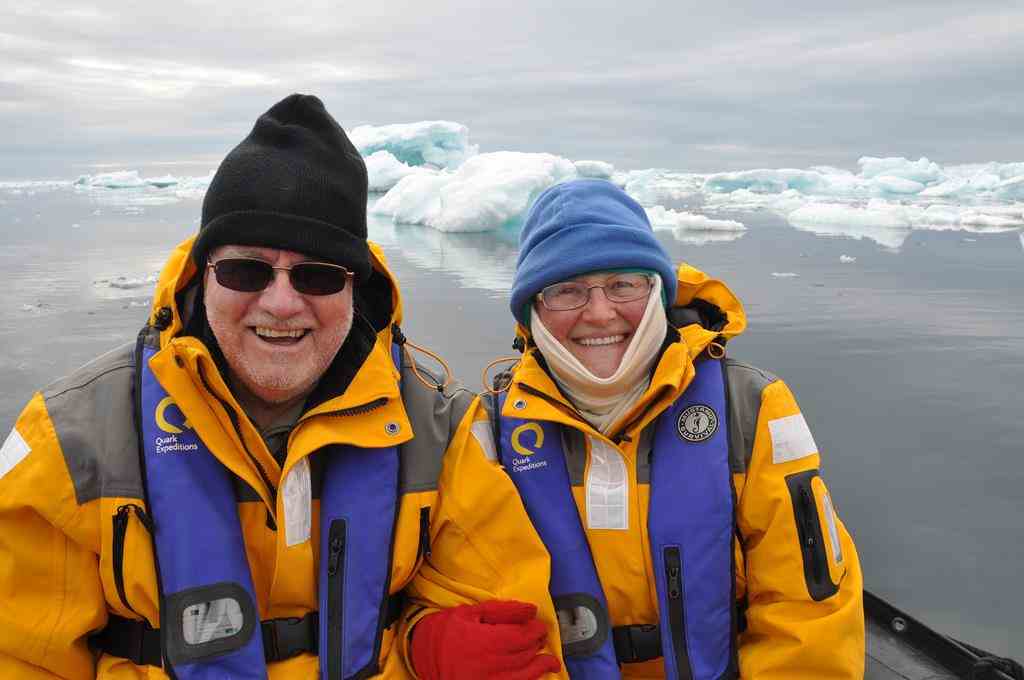
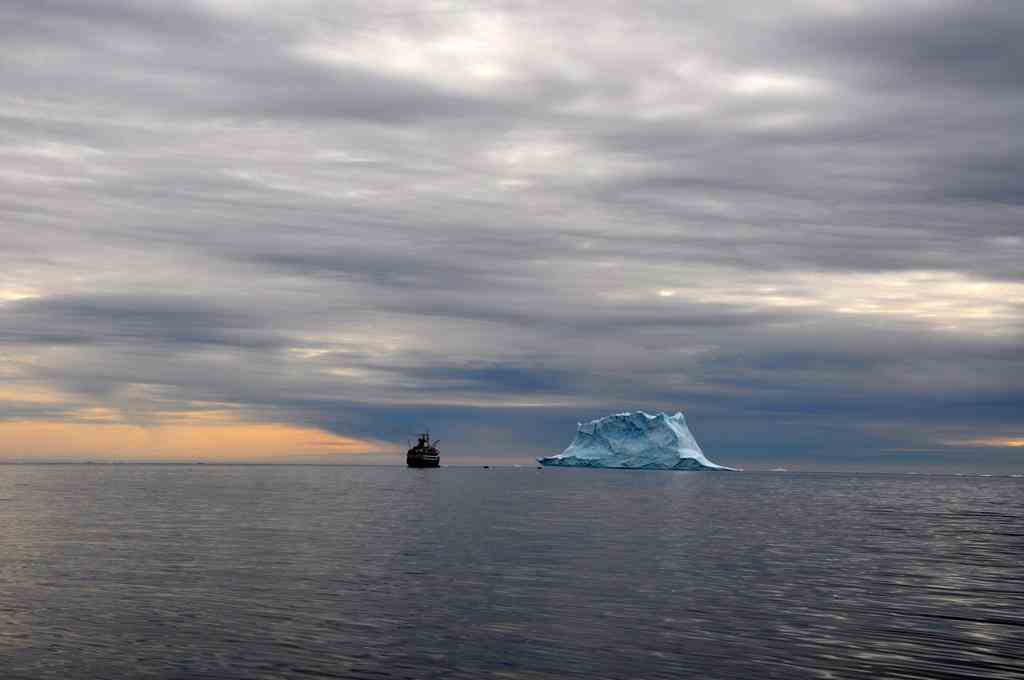

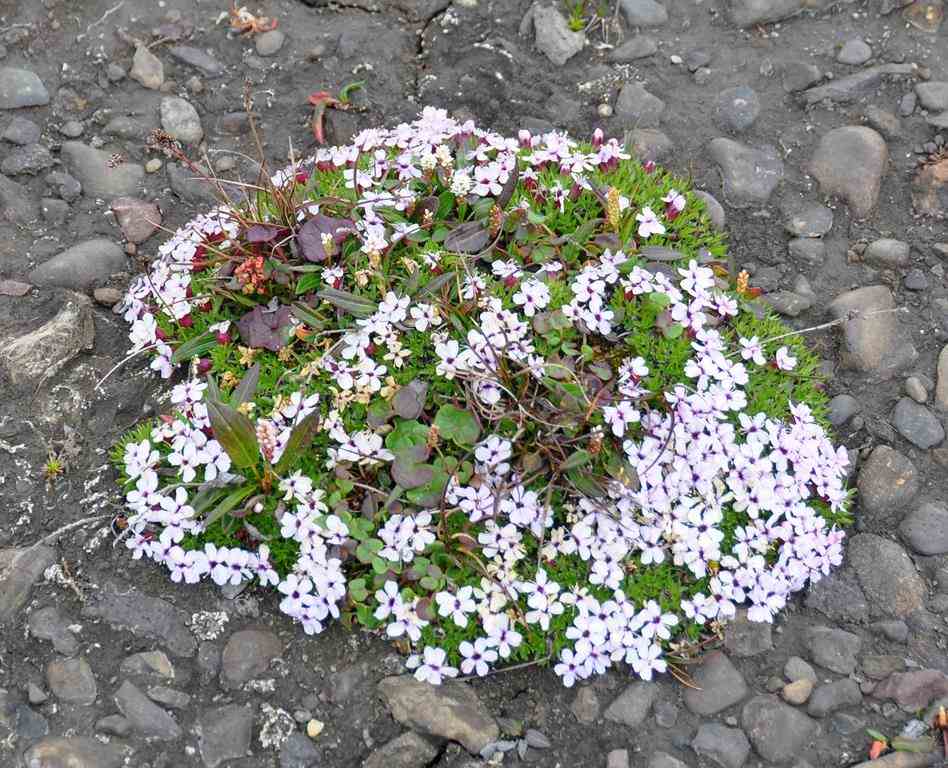
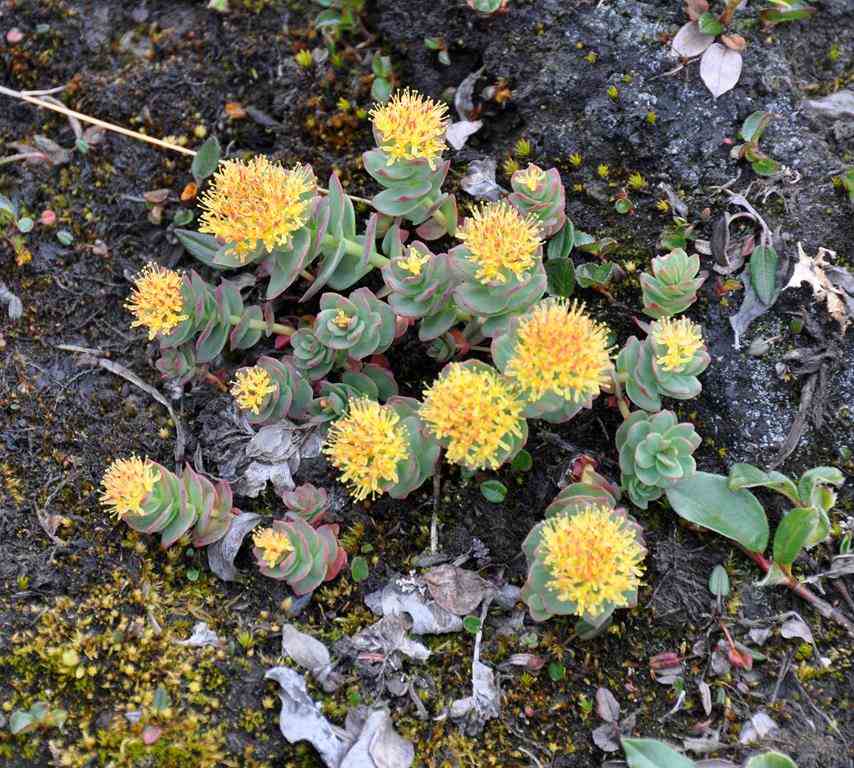
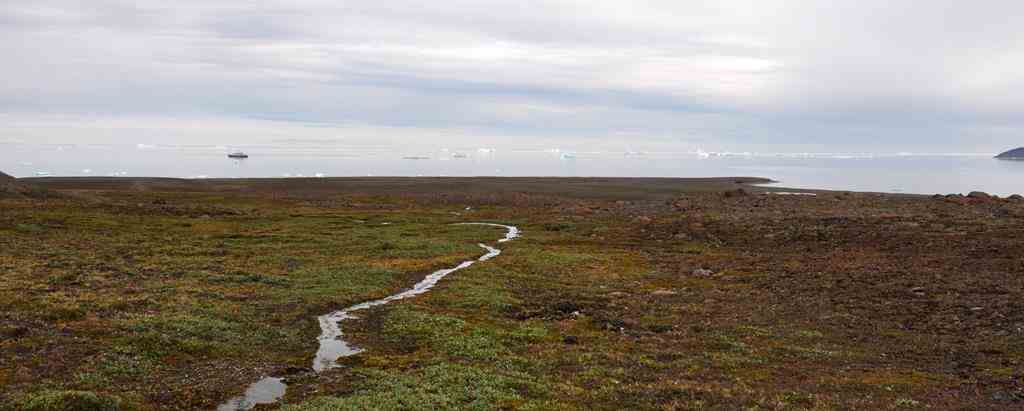
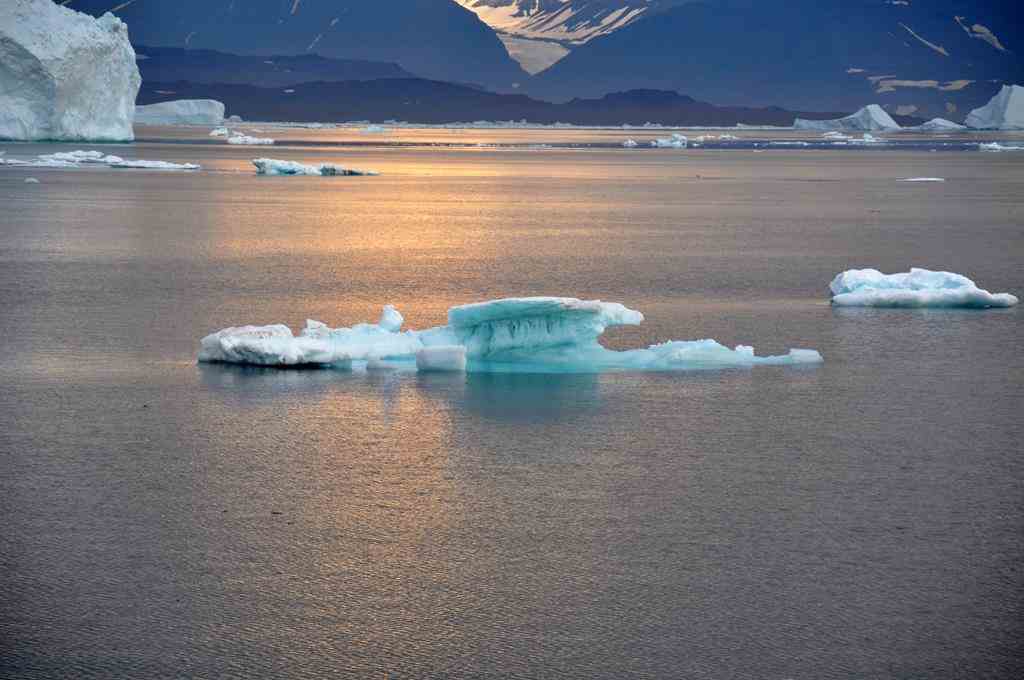
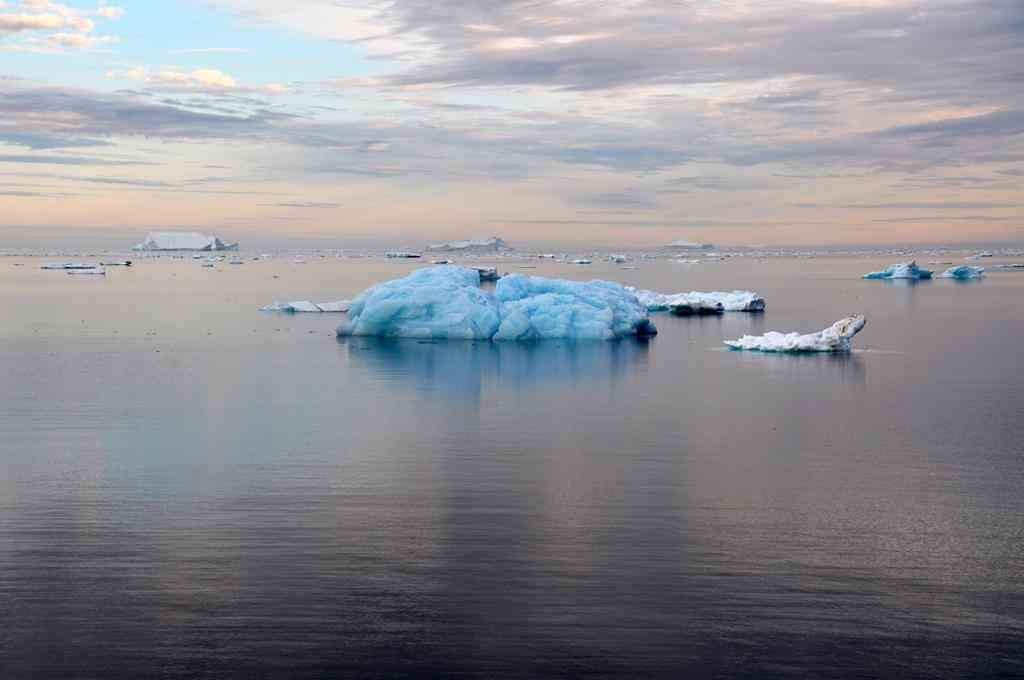
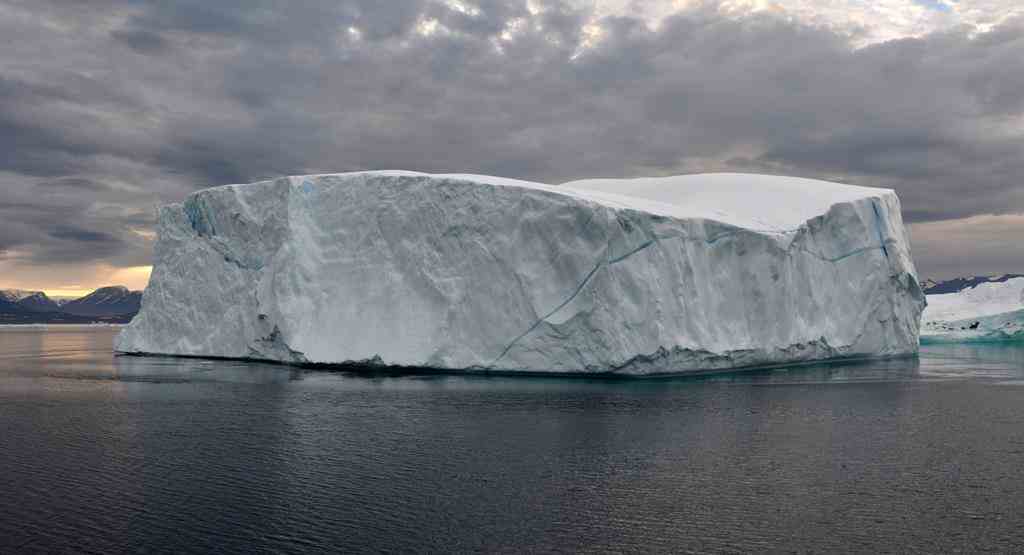
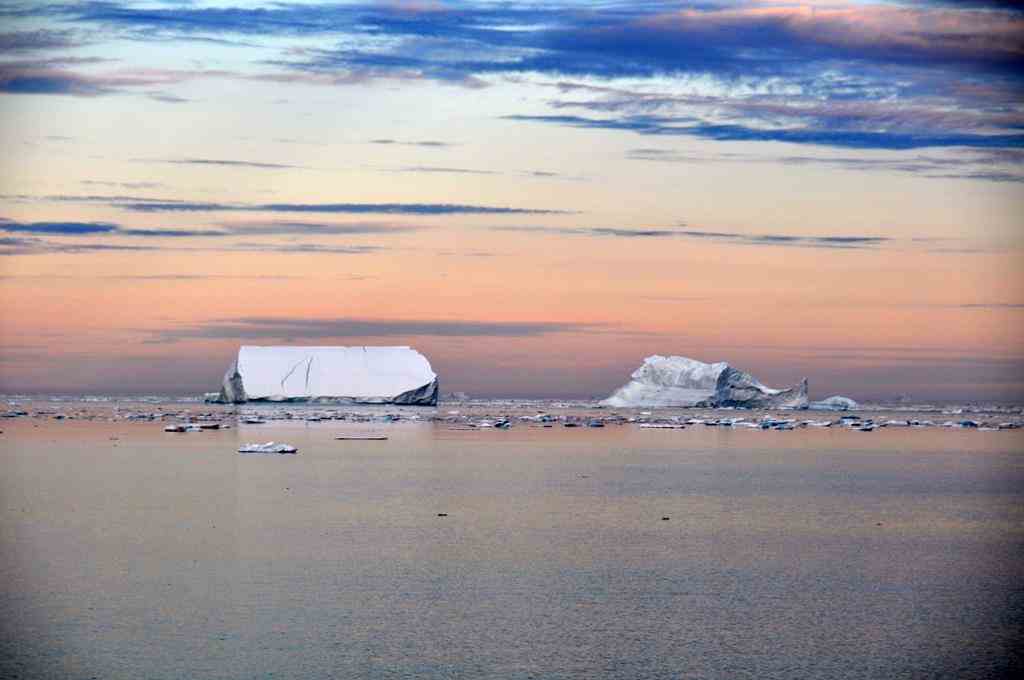
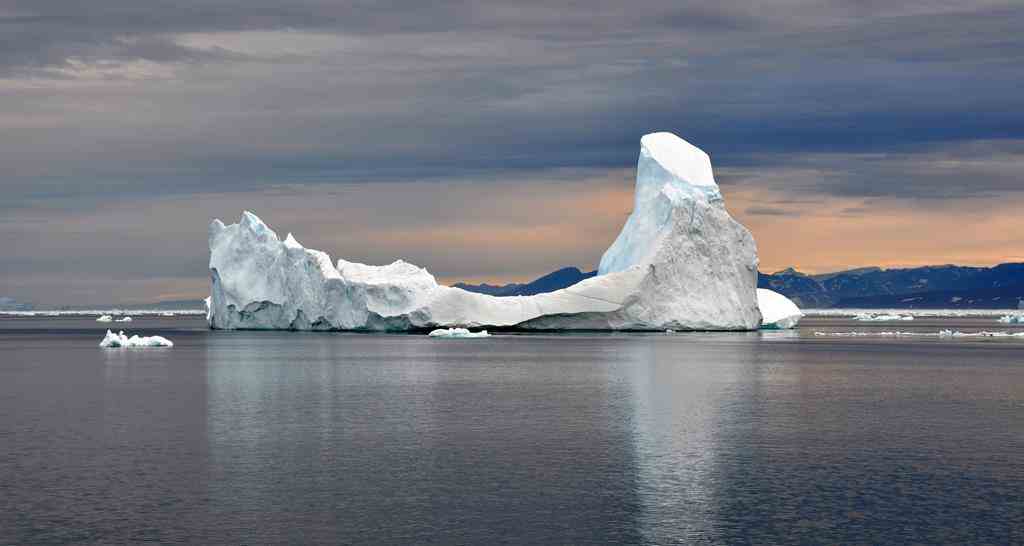




We had planned to visit this village, but the captain was worried that the ship would become trapped by pack-ice.
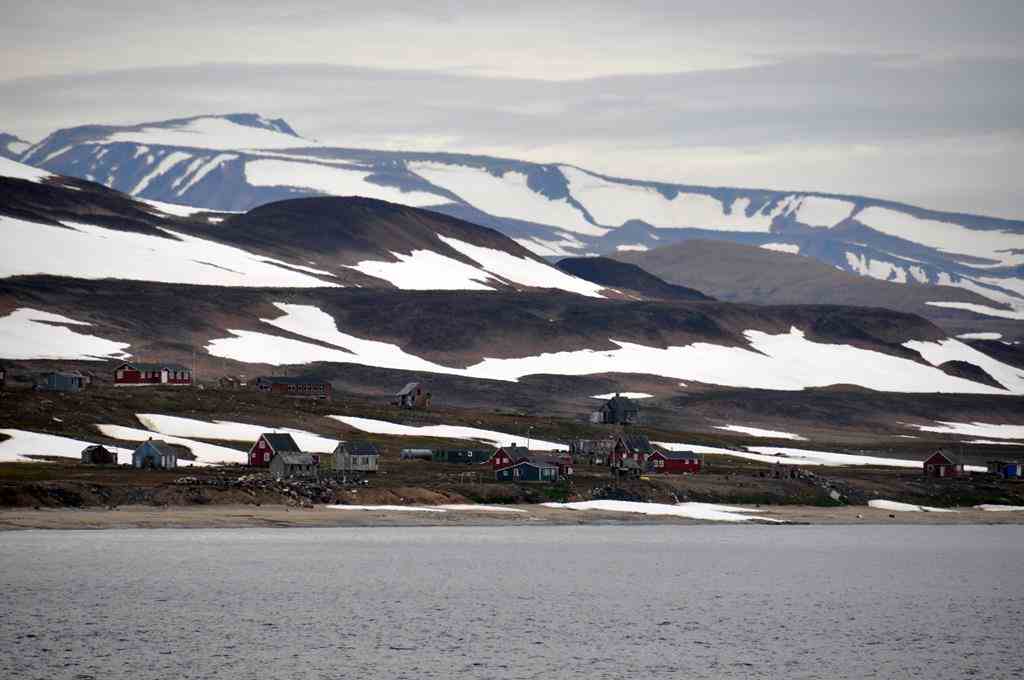
Humpback whales
Just after breakfast we cruised through a pod of humpback whales.
They were all around the ship.
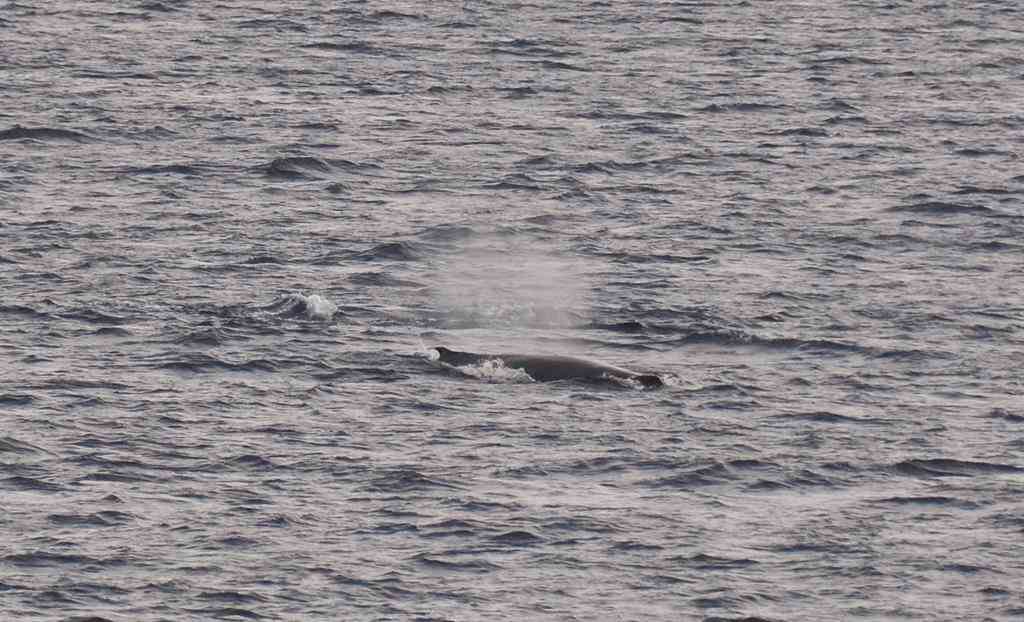
Humpbacks are baleen whales whose diet consists mostly of krill and small fish.
Found in oceans and seas around the world, humpback whales typically migrate up to 25,000 km each year.
Humpbacks feed only in summer, in polar waters, and migrate to tropical or subtropical waters to breed and give birth in the winter.
During the winter, humpbacks fast and live off their fat reserves.
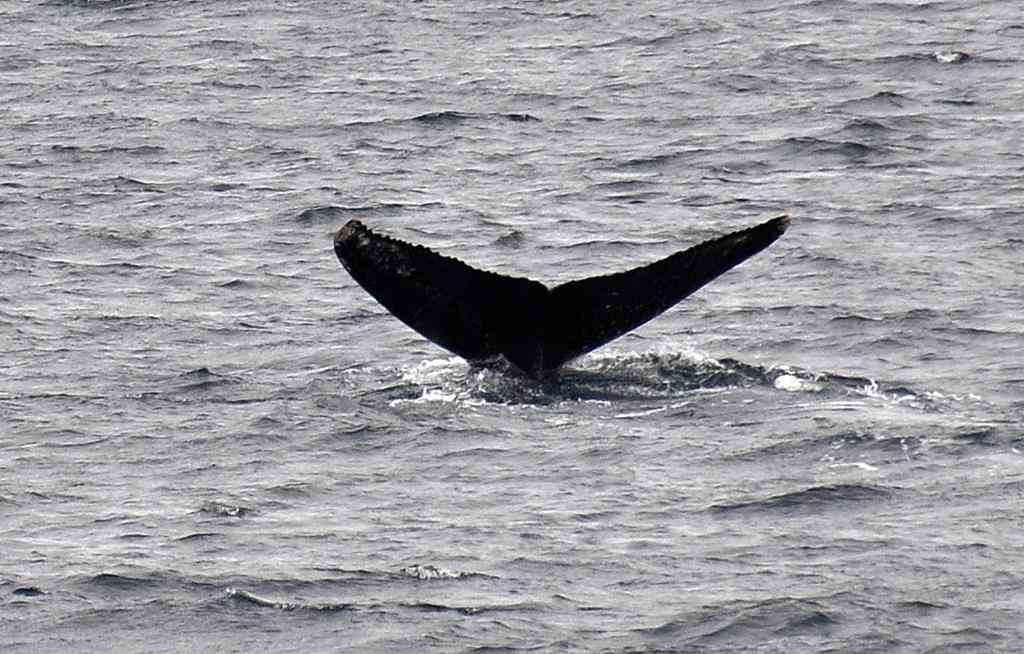

The captain was worried about being trapped by ice if he entered the fjords, so the decision was made
to cross the Denmark Sea to Iceland a day earlier than planned.
Greenland is the world's largest island.. It is an autonomous territory within the Kingdom of Denmark.
In July-August 2015 we had a fantastic 57-day European trip.
(Melbourne - Dubai - Paris - Norway - Spitsbergen - Arctic cruises - Iceland -
River Seine cruise - Dubai - Melbourne).
We had 2 Arctic cruises on the 120-passenger Sea Adventurer.
On the second cruise we visited the east coast of Greenland.
Greenland - Scoresby Sund
We spent 2 days crossing the Arctic Ocean from the Svalbard archipelago, north of Norway, to East Greenland.
While we were crossing the ocean we had lectures on history, whales, seals, walrusses and geology.
Scoresby Sund (Scoresby Sound) is named after William Scoresby by his son, also William Scoresby,
who were both British Whalers who plied the waters in this region between 1817 and1812.
It is the longest fjord system in the world and consists of a network of fjords for hundreds of kilometres.
The mouth of Scoresby sund is more than 50 km from north to south.
The most distant point, at the head of Nordvestfjord is more than 313km from the sea.
There were large patches of pack-ice that the captain had to spend 3 hours slowly nudging his way through.



A walk on East Greenland








Arctic Hare
Arctic hares feed primarily on plants but do also eat mosses and lichens.
Female hares can have up to eight baby hares called leverets.
There is little information on the lifespan of Arctic hares.
Some anecdotal evidence suggests they live three to five years in the wild.
Arctic hares do not survive well in captivity, living only a year and a half at most.


Another walk on East Greenland



Musk Ox
The musk ox is noted for its thick coat and for the strong odor emitted during the seasonal rut by males, from which its name derives.
This musky odor is used to attract females during mating season.
Muskoxen primarily live in the Canadian Arctic and Greenland.



Ice Mirages
Ice mirages are a result of temperature differences in the bottom few metres just above the ice or sea surface.
Air of different temperatures refracts light in different ways, the same phenomena is responsible for "heat haze" as seen above a road on a very hot day.
It is the difference in temperature that is important and in this case it is causing a reflection downwards just above the level of the horizon
so that objects on the horizon appear to be floating above the sea or ice rather than resting on it.






The blue stripe is the result of melt water re-freezing when the ice was part of the glacier.
It absorbs colour differently.



We had a fantastic cruise on the zodiac this morning.
There were icebergs bigger than the ship.


















We had planned to visit this village, but the captain was worried that the ship would become trapped by pack-ice.

Humpback whales
Just after breakfast we cruised through a pod of humpback whales.
They were all around the ship.

Humpbacks are baleen whales whose diet consists mostly of krill and small fish.
Found in oceans and seas around the world, humpback whales typically migrate up to 25,000 km each year.
Humpbacks feed only in summer, in polar waters, and migrate to tropical or subtropical waters to breed and give birth in the winter.
During the winter, humpbacks fast and live off their fat reserves.


The captain was worried about being trapped by ice if he entered the fjords, so the decision was made
to cross the Denmark Sea to Iceland a day earlier than planned.